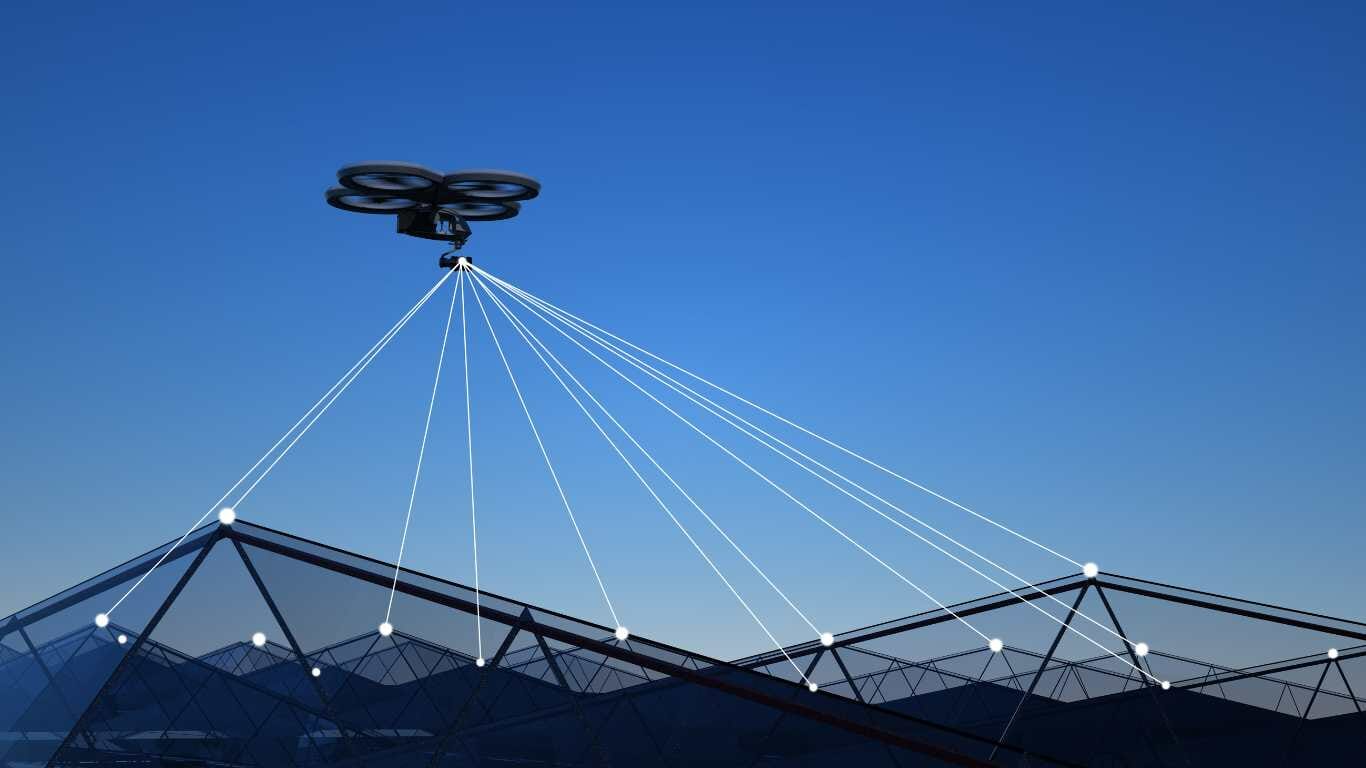Aerial photography and videography, as well as search and rescue activities, are just two examples of how widespread drone use has grown. However, the question of whether drones can fly at night has been a topic of debate and curiosity. In this article, we’ll delve into the intricacies of nighttime drone operations, considering the challenges, advancements, and potential applications.
The Fascination with Nighttime Drone Flight
The allure of nighttime drone flight stems from the enchanting perspective it offers. Imagine capturing city lights from above or monitoring wildlife during their active hours under the moonlit sky. However, before we dive into the possibilities, it’s crucial to understand the regulations and limitations that govern this domain.
Understanding Nighttime Regulations and Limitations
1). Navigating the Regulatory Landscape
The FAA has established restrictions for the use of drones in order to protect people’s privacy and guarantee that they are used responsibly. Currently, many aviation authorities, including the Federal Aviation Administration (FAA), have imposed restrictions on flying drones at night due to increased risks. However, exceptions can be made through the FAA’s night waiver program.
2). Exploring FAA’s Night Waiver Requirements
The FAA’s night waiver allows experienced drone pilots to operate their aircraft after sunset. To obtain this waiver, pilots must demonstrate their proficiency in nighttime operations, maintain a visual line of sight, and implement appropriate anti-collision lighting on the drone.
3). Safety Measures for Nocturnal Drone Operations
When flying drones at night, ensuring safety is paramount. This includes using bright LED lights to enhance visibility, having a backup power source, and avoiding densely populated areas to minimize potential risks to people and property.
Technological Innovations Enabling Nighttime Flights
Night Vision Cameras and Thermal Imaging
Advancements in camera technology have enabled drones to see in the dark. Night vision cameras and thermal imaging sensors allow pilots to navigate and capture high-quality footage even in low-light conditions.
Anti-Collision Systems for Low-Light Conditions
To address the challenges of navigating in the dark, anti-collision systems equipped with sensors and obstacle-detection algorithms have been developed. These systems help drones avoid collisions with objects or terrain, enhancing the safety of nighttime flights.
Applications of Nighttime Drone Operations
1. Surveillance and Security Enhancements
Nighttime drone operations have revolutionized surveillance and security efforts. Drones equipped with infrared cameras can monitor large areas, assisting law enforcement agencies and private security firms in maintaining public safety.
2. Wildlife Monitoring and Conservation Efforts
For biologists and conservationists, nighttime drone flights allow one to study nocturnal wildlife without disturbing their natural behaviors. This aids in wildlife research, habitat monitoring, and preservation initiatives.
3. Emergency Response and Disaster Management
Drones equipped with thermal cameras and other specialized sensors can be crucial in search and rescue missions during nighttime emergencies. They can locate missing individuals, assess disaster-affected areas, and facilitate coordinated responses.
Overcoming Challenges of Night Flights
Limited Visibility and Depth Perception
One of the primary challenges of flying drones at night is the limited visibility. Pilots must rely on technology and piloting skills to safely manoeuvre the aircraft.
Battery Life and Endurance Considerations
Night flights require sufficient battery life to ensure a safe return. Cold temperatures can also affect battery performance, necessitating careful planning and monitoring.
Adverse Weather Conditions and Their Impact
Weather conditions like fog and rain can further complicate nighttime drone flights. These conditions reduce visibility and affect the drone’s sensors, requiring pilots to exercise caution.
Training and Skill Requirements for Nighttime Pilots
Specialized Training Programs
Piloting a drone at night requires specialized training to handle the unique challenges. Training programs cover topics like navigating in low light, understanding night vision technology, and emergency procedures.
Proficiency in Instrument Flight Rules (IFR)
Pilots must have a solid understanding of Instrument Flight Rules (IFR) to navigate solely using instruments. This ability is essential for keeping control and ensuring passenger safety during flights that take place at night.
The Future of Nocturnal Drone Operations
Continued Technological Advancements
As technology evolves, drones equipped with even more advanced sensors and systems will become commonplace, making nighttime flights safer and more accessible.
Integration of Artificial Intelligence
Artificial Intelligence (AI) will likely play a significant role in nighttime drone operations. AI-powered obstacle avoidance and navigation systems could enhance safety and efficiency.
Conclusion:
The ability of drones to fly at night has opened up new opportunities in various industries. The potential applications are vast, from enhancing security to aiding in critical rescue missions. However, these possibilities come with responsibilities. As technology continues to evolve, it’s essential to balance innovation and safety.
FAQs
Q1: Are there any legal restrictions on flying drones at night?
Yes, many aviation authorities have regulations in place due to safety concerns. However, waivers can be obtained under certain conditions.
Q2: Can consumer drones be flown at night?
Yes, but pilots must adhere to specific regulations, such as using anti-collision lighting and obtaining necessary waivers.
Q3: What technologies enable drones to fly at night?
Night vision cameras, thermal imaging sensors, and anti-collision systems are key technologies that facilitate nighttime drone flights.
Q4: Are there training programs for flying drones at night?
Yes, specialized training programs cover skills like low-light navigation, understanding night vision, and emergency protocols.
Q5: What role will AI play in nighttime drone operations?
AI is expected to contribute to safer nighttime flights through advanced obstacle avoidance and navigation systems.
